Endometriosis by the Numbers
Important facts and figures surrounding endometriosis.

Endometrium or endometrial lining is a layer of mucus membrane that normally grows on the inside of the uterus. During a menstrual cycle, this layer of tissue grows and thickens. During menstruation, this layer is shed. Endometriosis (commonly referred to as endo) is a condition where endometrium-like tissue grows outside the uterus and attaches to other pelvic organs. This tissue can attach almost anywhere in the pelvis—including the ovaries, bladder, intestines and inside the vagina. It can cause a range of symptoms, including inflammation, excess bleeding and severe pain.
The following slides look at some important numbers surrounding endo, including estimates of the number of women affected, the average age of diagnosis and the impact endo has on fertility.

Statistics
How many women have endometriosis? While exact numbers are hard to pin down, estimates range between 176 and 200 million women worldwide. In the United States, it is estimated that 1 in 10 women of childbearing age have endo (childbearing age refers to the years between puberty and menopause). While some estimates are higher and some are lower, healthcare experts agree that endo is common and that more women and healthcare providers need to be aware of the condition. They also believe that there are many women who have endo but are undiagnosed.
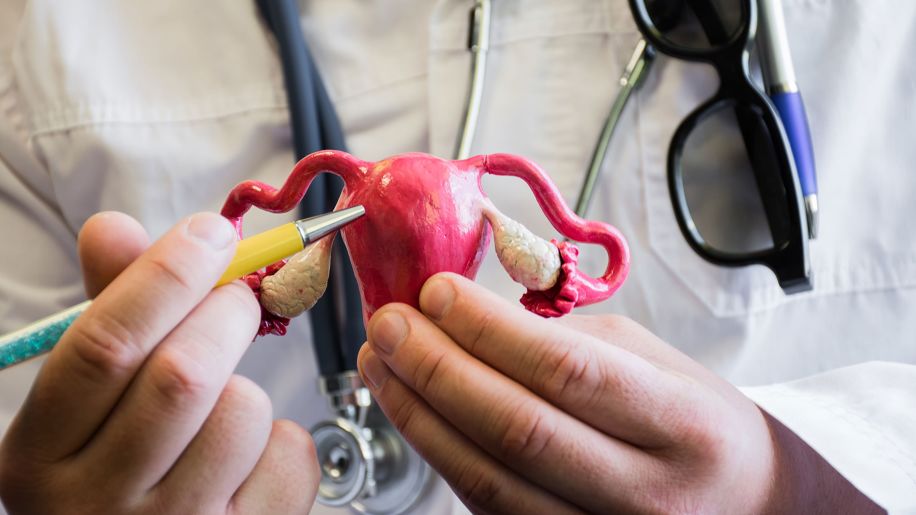
Diagnosis
It can take an average of 8.6 years for a woman with endo to get an accurate diagnosis. While everyone’s experience is different, there are women with endo who spend years—and visit multiple healthcare providers—before getting an accurate diagnosis. This can have a major impact on a person’s quality of life when you consider the symptoms and potential consequences of endo—painful periods, fatigue, diarrhea, constipation, bloating, nausea, excessive bleeding during menstruation, pain when going to the bathroom, pain during sex, large cysts (which can rupture) and issues with fertility.
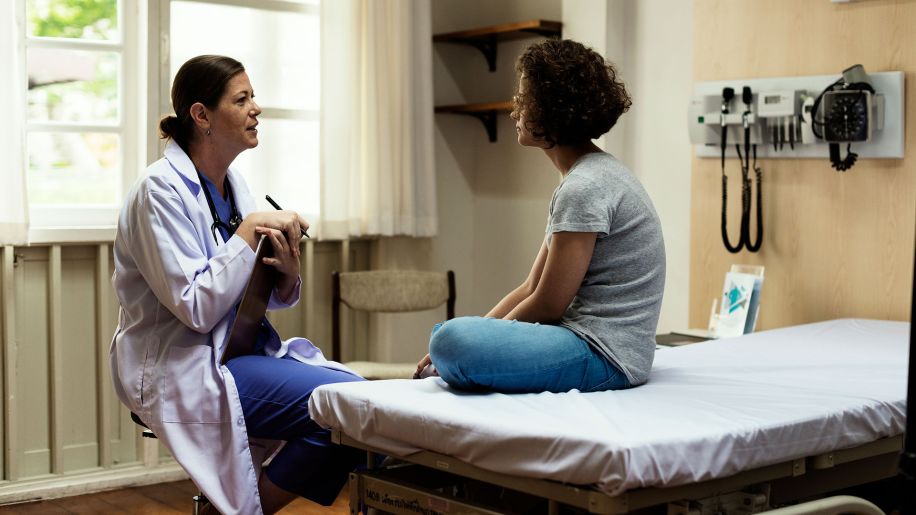
Age
Endo is most common among women in their 30s and 40s. However, this is not the only age group affected by the disease. Endo also affects teenagers, and research suggests that many women who are diagnosed with endo as adults first began experiencing symptoms in their teens. Endo has also been documented in girls 8 years old and younger, and there are reported cases of girls experiencing endo even before they have gotten their first period. Because of the long-term impacts that endo can have on quality of life and fertility, there is a major push for awareness about the condition among adolescent women and healthcare providers who treat adolescent women.
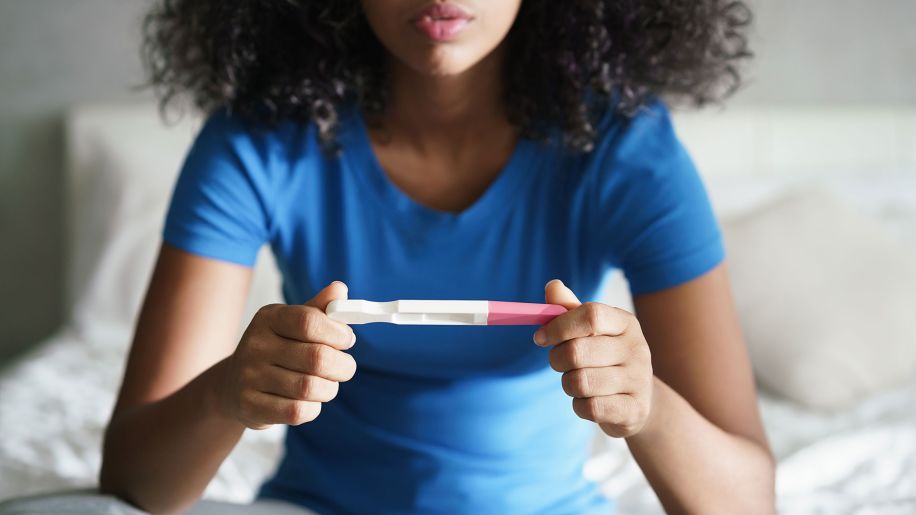
Fertility
Endometriosis can have a negative impact on a woman’s fertility, though the exact ways in which endo affects fertility are not well understood and healthcare researchers are likely years away from having an answer. A commonly cited statistic is that “30 to 40 percent” of women with endo experience difficulties with fertility, but it is important to understand that this figure is not consistent with all studies and should not be applied to all women with endo. It is also important to know that if you do become pregnant, endo will not harm the pregnancy.
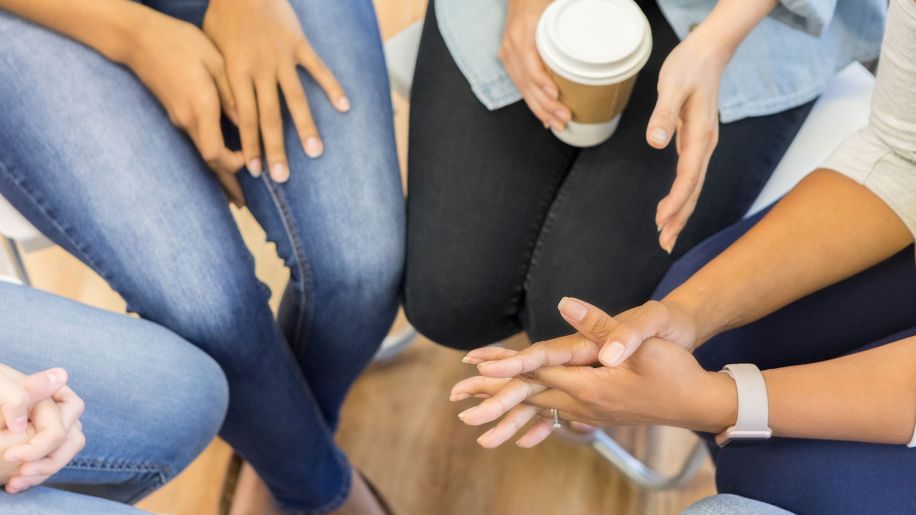
Be Your Own Advocate
If you have endo or suspect you have endo, it is important to be your own advocate. Educate yourself about the condition, learn about the symptoms and treatment options, talk to your healthcare provider—and if necessary, find a new healthcare provider. While there is no cure for endo, there are a number of ways that endo can be treated, and a number of considerations to make when deciding on a treatment, including your specific symptoms, as well as if and when you want to have children. While there are still unanswered questions about endo, awareness about the condition is spreading thanks to the efforts of patients, healthcare providers, researchers and advocacy groups.
Featured Content
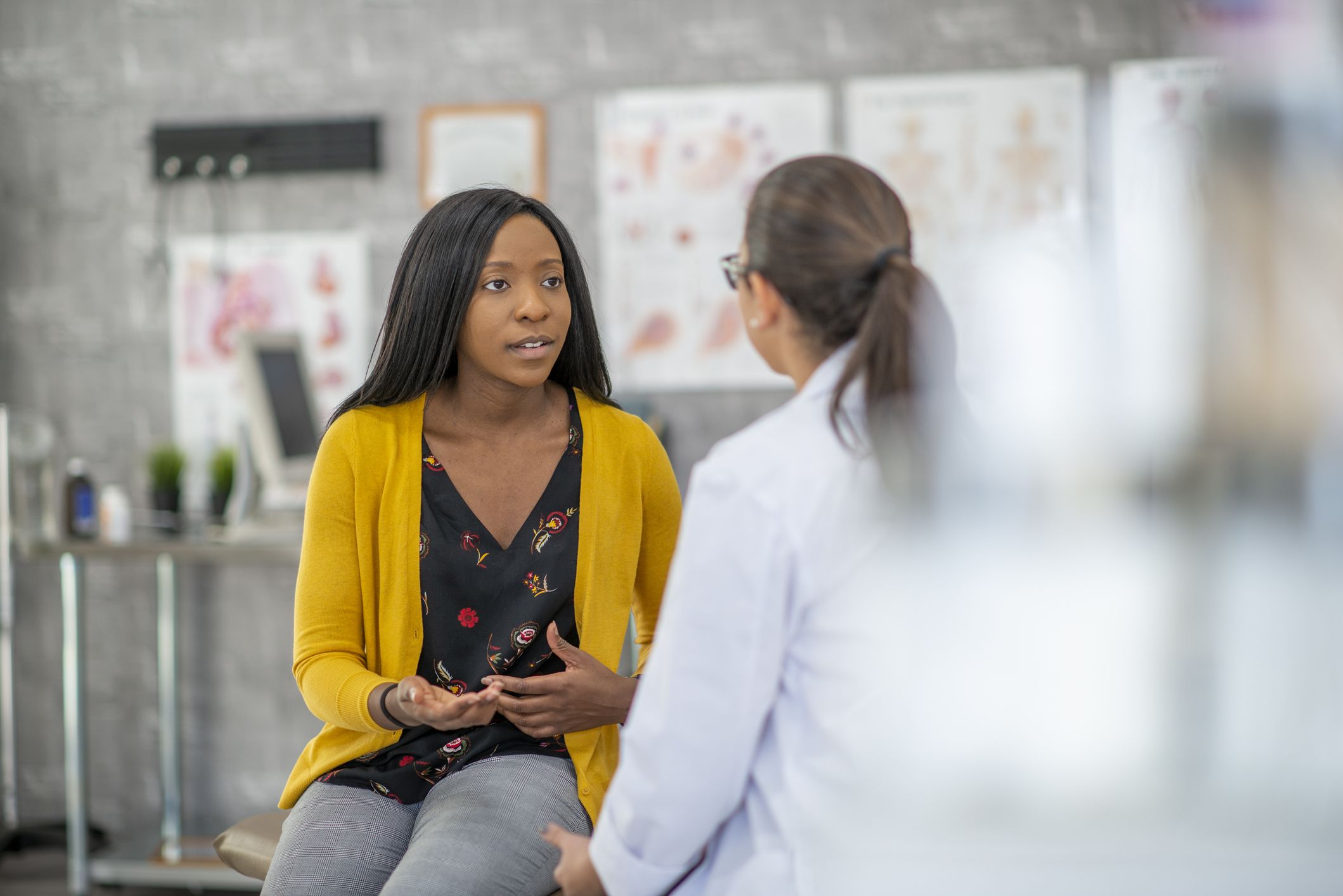
article

article

article

article

article
